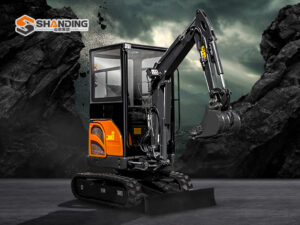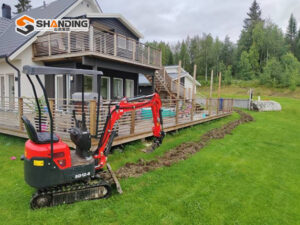A lifting platform is a piece of equipment used to transport items or people vertically and can be used in buildings, factories, warehouses and other locations. The following is a brief history of the development of lifting platforms:
1. late 19th century to early 20th century: the earliest lifting platforms were simple mechanical devices driven by steam or hydraulics, and were mainly used in industry, for example, in factories for transporting heavy objects.
2. 1920s to 1930s: with the development of electric power technology, electric lifting platforms began to appear. These lifting platforms use electric motors as the power source, which is more convenient and efficient.
3. 1950s to 1970s: Hydraulic lifting platforms gradually replaced electric lifting platforms and became the mainstream. Hydraulic lifting platforms use a hydraulic system to provide power, with greater load-bearing capacity and stability.
4. 1970s to the present: with the progress of science and technology, the design and function of the lifting platform continue to improve. More types of lifting platforms have appeared, such as scissor-type lifting platforms, hydraulic lifting platforms, freight elevators and so on. At the same time, the application fields of lifting platforms are also expanding, extending from the industrial field to various fields such as commercial, residential and public buildings.
In general, the development history of lifting platforms has experienced an evolution from simple mechanical devices to electric drives and then to hydraulic systems. As technology continues to advance, the design and functionality of lifting platforms continue to improve, providing more convenient and efficient vertical transport solutions for a wide range of industries.




